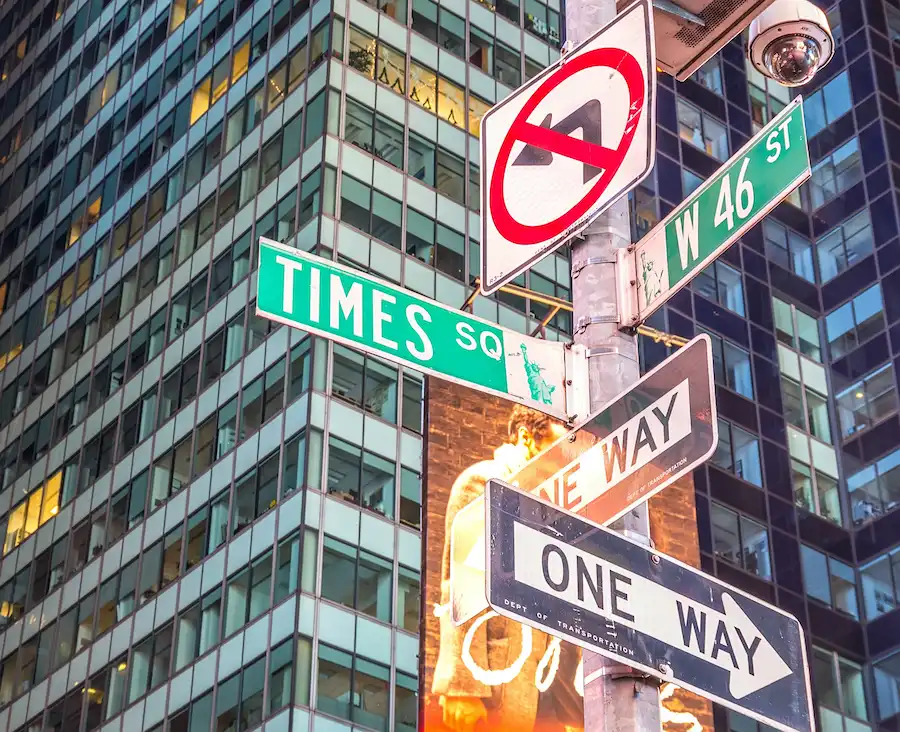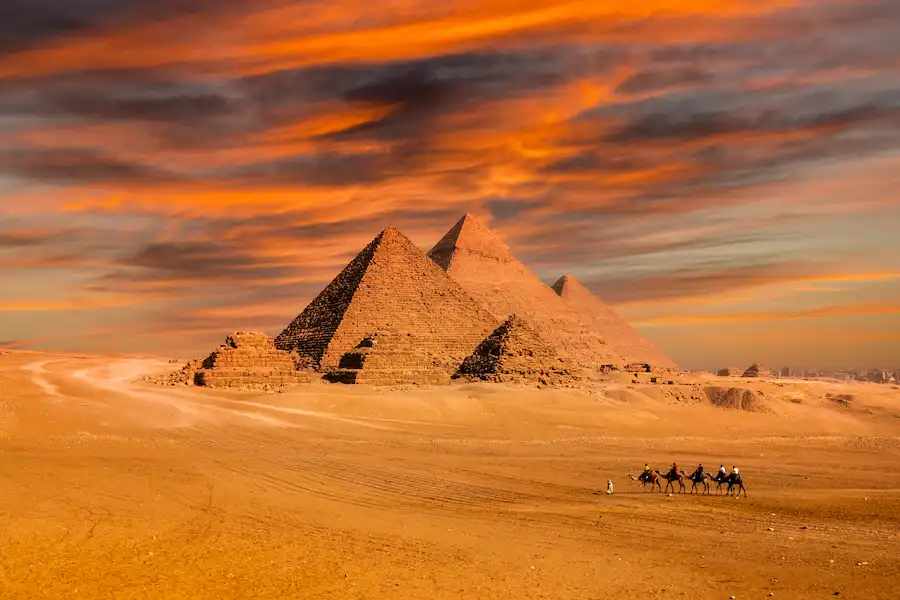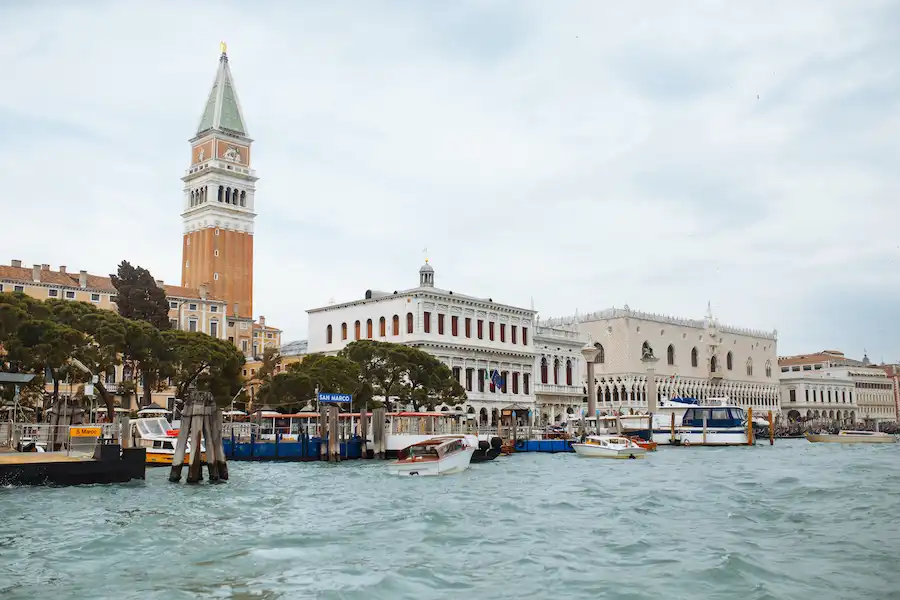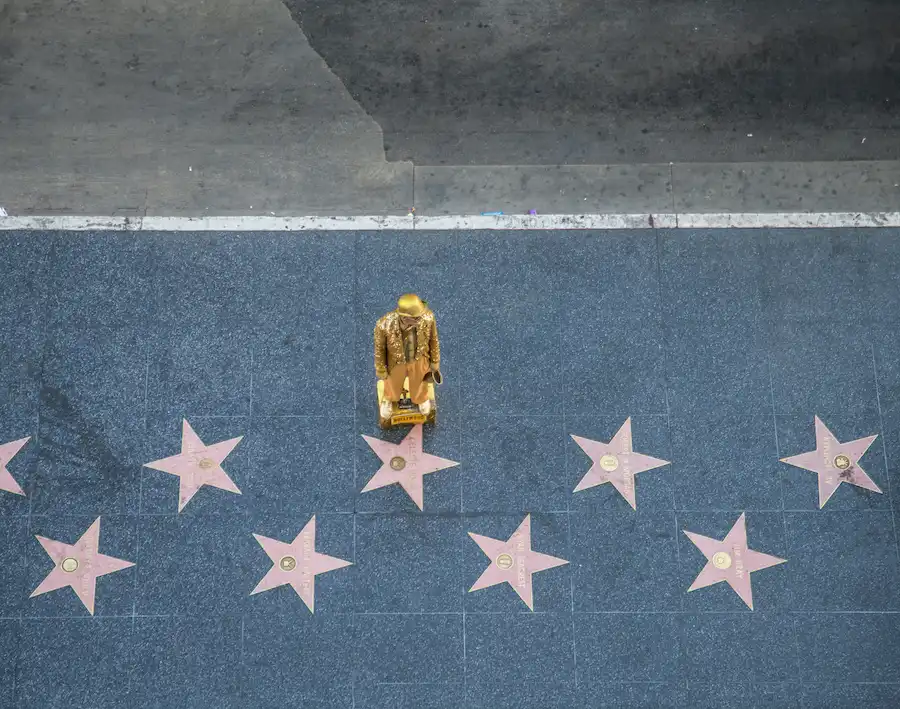7 Places That Might Disappoint In Real Life
Traveling opens our eyes to the beauty and diversity of the world, but not every famous destination lives up to the hype. Here, we explore seven places that, despite their fame and frequent features in travel brochures, might leave some visitors feeling underwhelmed, largely due to overcrowding, commercialization, or environmental degradation.
1. The Mona Lisa in the Louvre, Paris, France

The Mona Lisa, housed in the Louvre, is perhaps the most famous painting in the world. However, visitors often find the experience of seeing it in person disappointing. The painting is smaller than many expect, measuring just 30 by 21 inches, and is displayed behind bulletproof glass. Large crowds and the need to view the artwork from a distance further diminish the personal engagement many hope to feel.
2. Times Square, New York, USA

Times Square is a hub of neon art and commercial exuberance. Yet, this iconic New York landmark can be overwhelming due to its extreme sensory overload. The area is packed with tourists, street vendors, and aggressive advertisers. For those seeking the charm of New York City, the frenetic pace and commercial atmosphere of Times Square might feel more stressful than exhilarating.
3. The Pyramids of Giza, Egypt

The Pyramids of Giza are awe-inspiring feats of ancient engineering and deserve their place in history. However, the reality of visiting these monumental structures often clashes with the expectation of a mystical, isolated desert experience. Instead, tourists find a bustling scene with persistent vendors, camel rides, and the encroaching urban sprawl of Cairo, which can detract from the majestic solitude many anticipate.
4. Venice, Italy

Venice is renowned for its romantic canals and historic architecture. However, its beauty struggles under the weight of extreme tourism. The narrow streets and bridges are often overcrowded, and the city suffers from frequent flooding and a deteriorating infrastructure. During peak season, the charm of Venice can be obscured by the sheer volume of visitors.
5. Copacabana Beach, Rio de Janeiro, Brazil

Copacabana Beach is often pictured as a sun-soaked paradise. In reality, this famous beach can be excessively crowded, especially during local holidays when the mix of tourists and residents leads to packed sands. The water quality has also been a concern, sometimes falling below safe standards due to pollution. Such factors can mar the experience of what many expect to be a pristine beach getaway.
6. Mount Everest Base Camp, Nepal

The journey to Mount Everest Base Camp is a bucket-list adventure for many. However, the influx of climbers in recent years has led to concerns about environmental damage and the loss of the remote wilderness experience. The trails can be congested, and the base camp itself often resembles a crowded, high-altitude tent city rather than a serene Himalayan escape.
7. Hollywood Walk of Fame, Los Angeles, USA

The Hollywood Walk of Fame attracts film enthusiasts and star-gazers hoping to walk the same paths as celebrities. Unfortunately, the reality is often a crowded, somewhat grimy sidewalk in a district that struggles with urban blight. Visitors might be disappointed by the general upkeep of the area and the presence of numerous commercial solicitations.
While these destinations are undoubtedly iconic and hold historical or cultural significance, the reality of visiting them can be far different from the picturesque scenes advertised. Crowds, commercialization, and environmental issues often detract from the grandeur that makes these places seem magical in photos and stories. Knowing what to expect can help temper disappointment and allow travelers to appreciate these sites from a more realistic perspective.



















